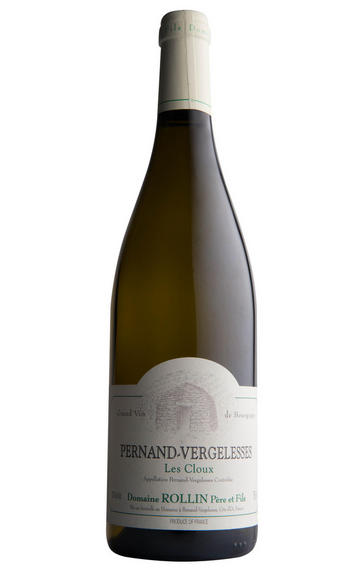
2021 Pernand-Vergelesses Blanc, Domaine Rollin Père & Fils, Burgundy
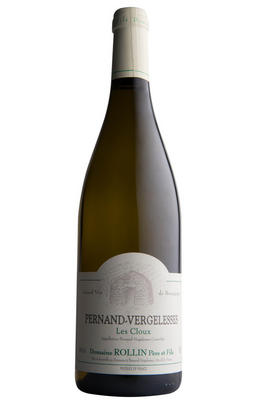
Critics reviews
Drink 2024-2027
Jasper Morris, Inside Burgundy (January 2023)
The 2021 Pernand-Vergelesses Village has a little chalkiness on the nose at first, very mineral-driven, almost terse. The palate is well balanced and built around a fine acidic line, though it doesn't quite deliver the complexity or mineralité of some of Rollin's other cuvées.
Drink 2023-2028
Neal Martin, Vinous.com (January 2023)
Bottled in August 2022.
Edgy and well chiselled at a decent price for a Cote d'Or white.
Drink 2024-2030
Jancis Robinson MW, JancisRobinson.com (January 2023)
About this WINE
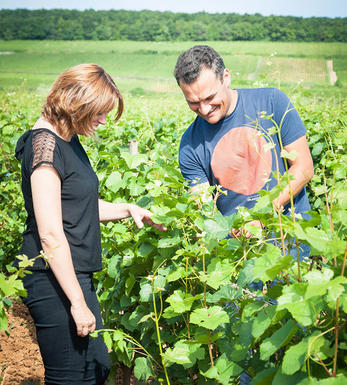
Domaine Rollin
This is a fourth-generation domaine, Raymond Rollin having been joined by his son Maurice in 1955, followed by Rémi from 1976 and Simon from 2003. The vineyard holdings stretch as far as neighbouring Aloxe, Savigny and Chorey, but the core of the domaine is in Pernand-Vergelesses including white premier cru Sous Frétille and reds Vergelesses, Fichots and Ile de Vergelesses. There is also 0.42 hectare of Corton-Charlemagne. This is a sound source of long-lived wines in both colours.
Jasper Morris MW, Burgundy Wine Director and author of the award-winning Inside Burgundy comprehensive handbook.
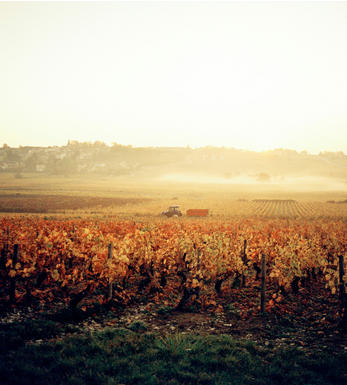
Pernand Vergelesses
Pernand-Vergelesses is a beautiful, small village tucked away behind the hill of Corton. Coming from Beaune, you have the Vergelesses and excellent Ile des Vergelesses vineyards on your left, facing due east, and the Corton-Charlemagne vineyards on the right, facing south-west. The red wines of Pernand (60 percent of production), excepting the two Vergelesses vineyards, can be on the austere side while the whites are racy and mineral.
Pernand-Vergelesses is an excellent source for fine Burgundy at a relatively affordable price. Jadot have registered their own name, Le Clos de la Croix de Pierre (The Stone Cross), in a vineyard which is shown on the maps as En Caradeux, facing the mighty hill of Corton. The lower part of the slope is an excellent site for Pinot Noir, while whites are grown on lighter soils higher up.
- 138 hectares of village Pernand-Vergelesses and 57 hectares of Premier Cru
- Recommended producers: Chandon de Briailles, Sylvain Loichet, Louis Jadot
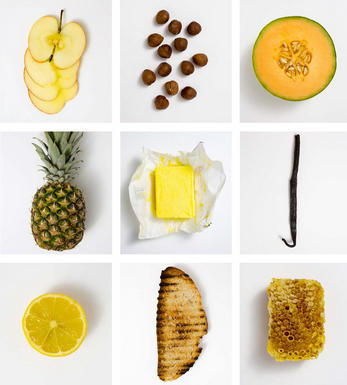
Chardonnay
Chardonnay is often seen as the king of white wine grapes and one of the most widely planted in the world It is suited to a wide variety of soils, though it excels in soils with a high limestone content as found in Champagne, Chablis, and the Côte D`Or.
Burgundy is Chardonnay's spiritual home and the best White Burgundies are dry, rich, honeyed wines with marvellous poise, elegance and balance. They are unquestionably the finest dry white wines in the world. Chardonnay plays a crucial role in the Champagne blend, providing structure and finesse, and is the sole grape in Blanc de Blancs.
It is quantitatively important in California and Australia, is widely planted in Chile and South Africa, and is the second most widely planted grape in New Zealand. In warm climates Chardonnay has a tendency to develop very high sugar levels during the final stages of ripening and this can occur at the expense of acidity. Late picking is a common problem and can result in blowsy and flabby wines that lack structure and definition.
Recently in the New World, we have seen a move towards more elegant, better- balanced and less oak-driven Chardonnays, and this is to be welcomed.


Buying options
Add to wishlist
Description
From 2.5 hectares of vines in the cool valley of Pernand-Vergelesses. The wine is fermented and raised in a 50-50 split of traditional Burgundian 228-litre barrels and 400-litre barrels, the latter preserving freshness and minimising the impact of the 5% new oak. Simon got an average of 15 hl/ha, but some plots were as low as 5 hl/ha. This is strongly mineral and with a note of lemon oil. The wine finishes with a very pleasing level of concentration. Drink 2023-2030
wine at a glance
Delivery and quality guarantee